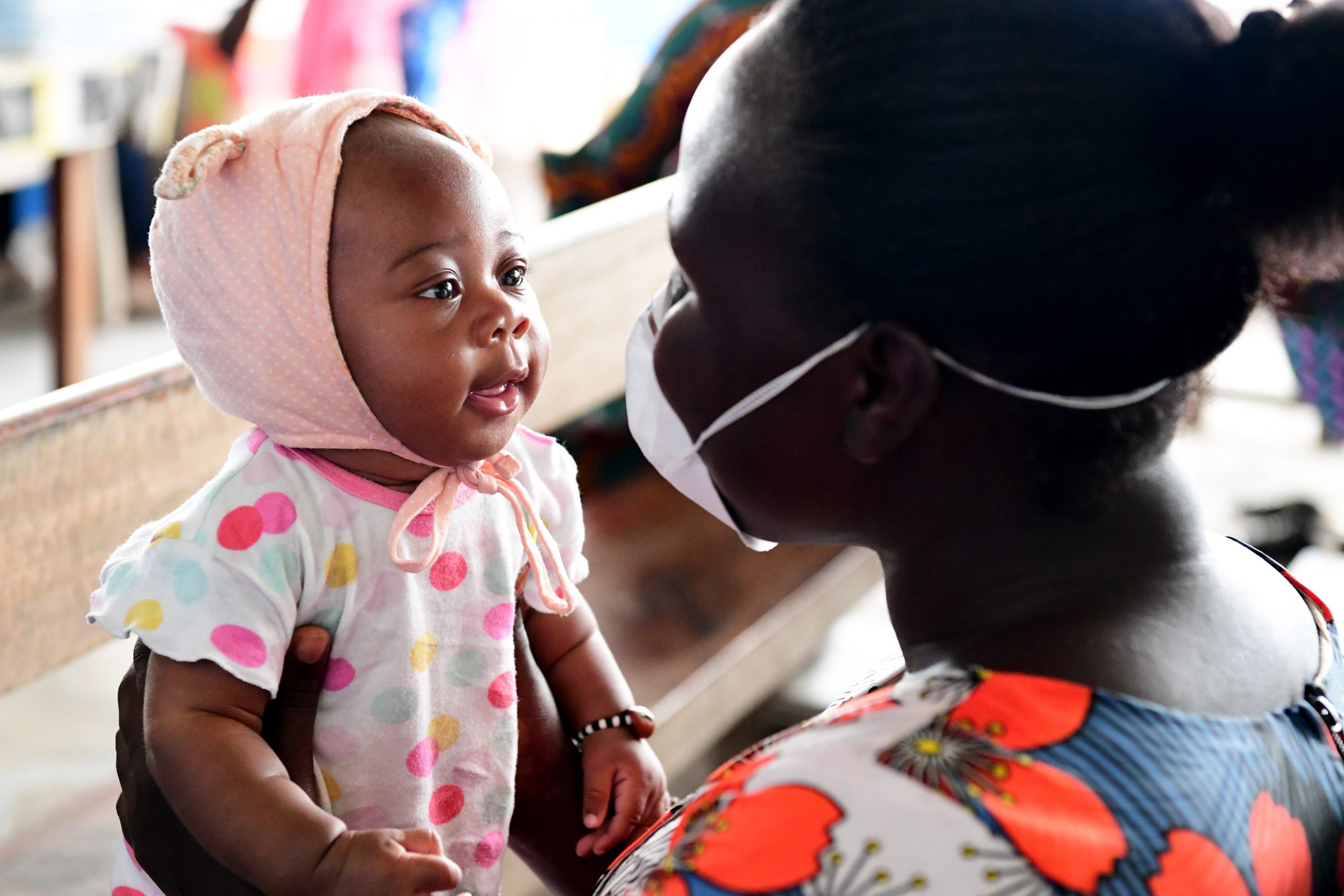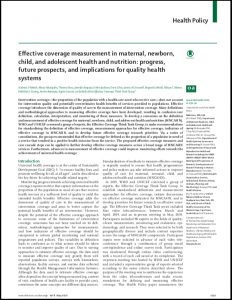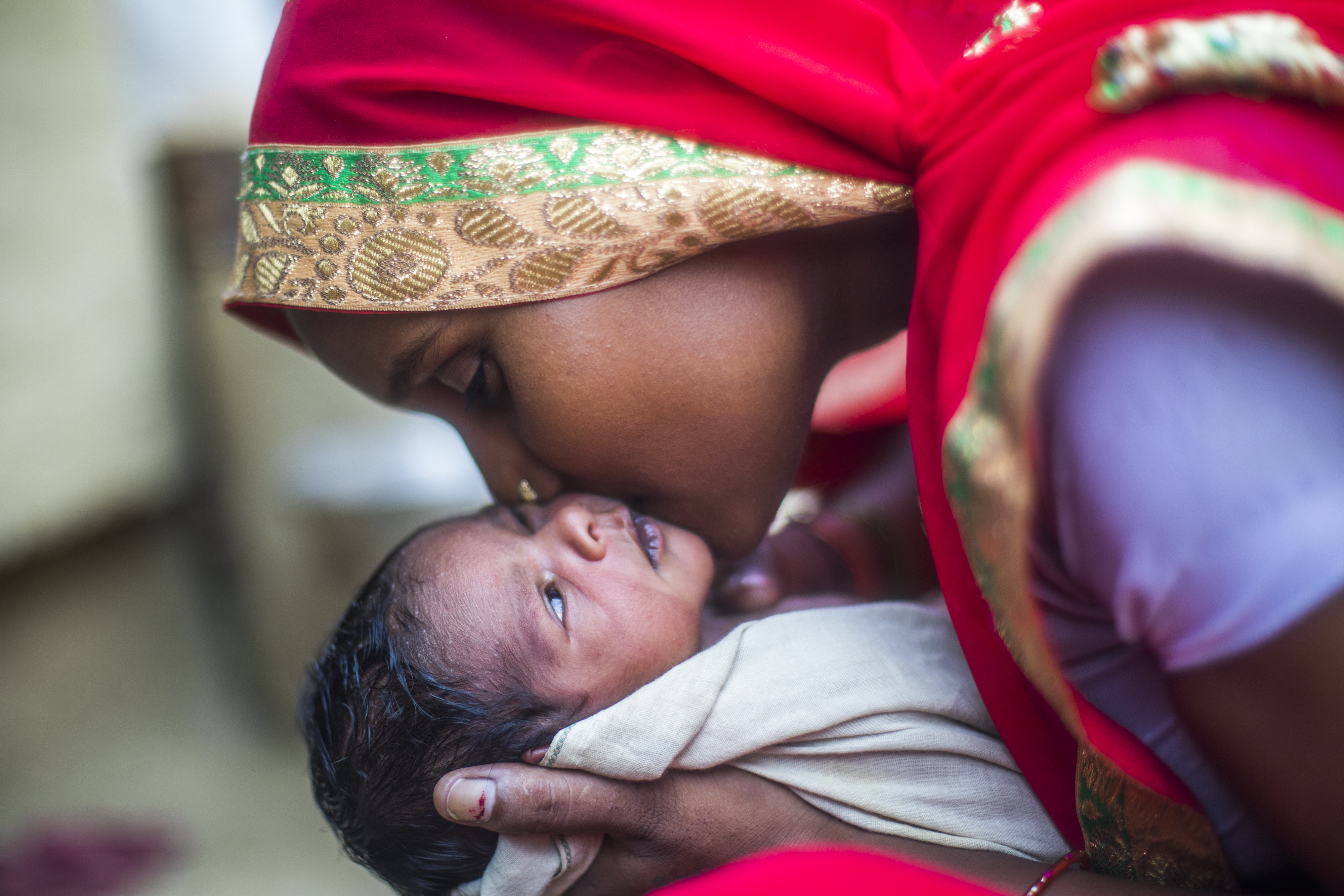Effective coverage measurement in maternal, newborn, child, and adolescent health and nutrition
Progress, future prospects, and implications for quality health systems

Intervention coverage—the proportion of the population with a health-care need who receive care—does not account for intervention quality and potentially overestimates health benefits of services provided to populations. Effective coverage introduces the dimension of quality of care to the measurement of intervention coverage. Many definitions and methodological approaches to measuring effective coverage have been developed, resulting in confusion over definition, calculation, interpretation, and monitoring of these measures.
To develop a consensus on the definition and measurement of effective coverage for maternal, newborn, child, and adolescent health and nutrition (MNCAHN), WHO and UNICEF convened a group of experts, the Effective Coverage Think Tank Group, to make recommendations for standardising the definition of effective coverage, measurement approaches for effective coverage, indicators of effective coverage in MNCAHN, and to develop future effective coverage research priorities. Following a series of consultations, the group recommended that effective coverage be defined as the proportion of a population in need of a service that resulted in a positive health outcome from the service. The proposed effective coverage measures and care cascade steps can be applied to further develop effective coverage measures across a broad range of MNCAHN services. Furthermore, advances in measurement of effective coverage could improve monitoring efforts towards the achievement of universal health coverage.



